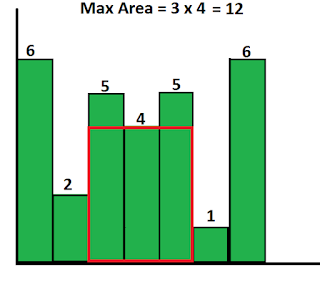Even occurring elements
PROBLEM : Given an array that contains odd number of occurrences for all numbers except for a few elements which are present even number of times. Find the elements which have even occurrences in the array in O(n) time complexity and O(1) extra space. Note: In some array, array contains only odd number then you have to print only a blank new line. Input: The first line of input contains a single integer T denoting the number of test cases. Then T test cases follow. Each test case consist of two lines. The first line of each test case consists of an integer N, where N is the size of array. The second line of each test case contains N space separated integers denoting array elements. Output: Corresponding to each test case, in a new line, print the elements which have even occurrences in the array. Constraints: 1 = T = 100 1 = N = 200 1 = A[i] = 63 Example: Input 3 11 9 12 23 10 12 12 15 23 14 12 15 5 23 12 56 34 32 4 10 34 10 56 Output 12 23 15 10 --...

